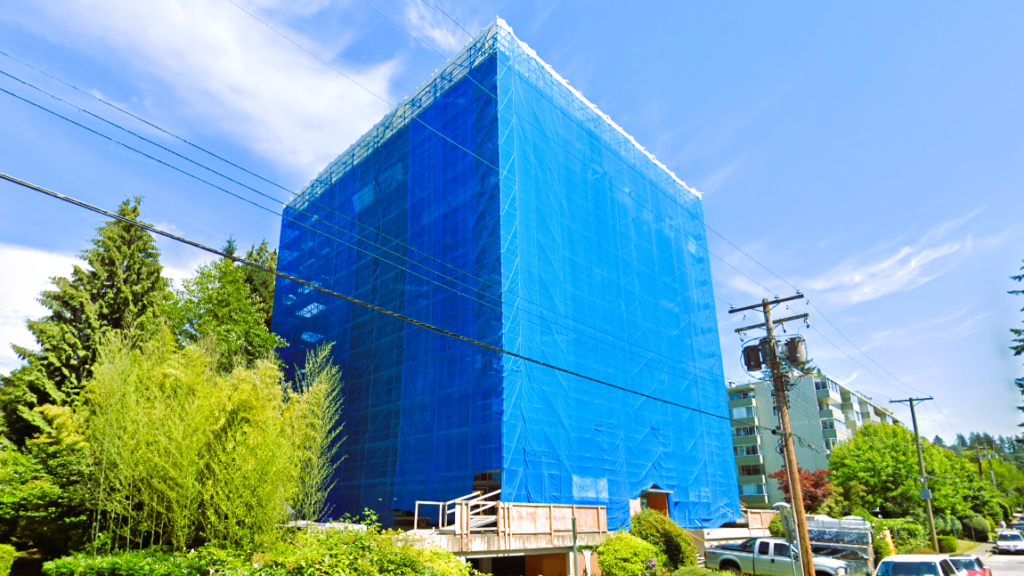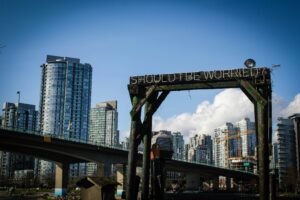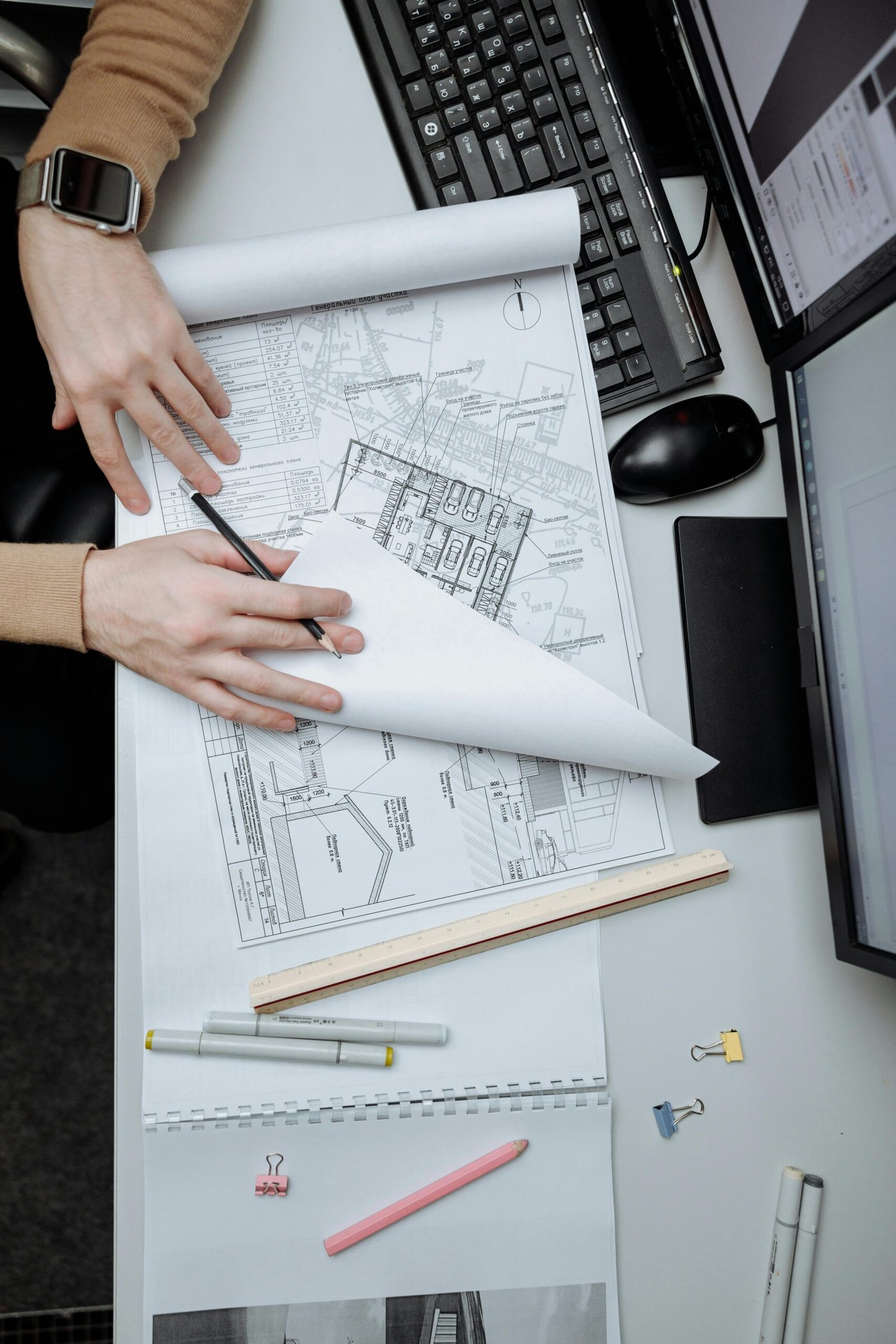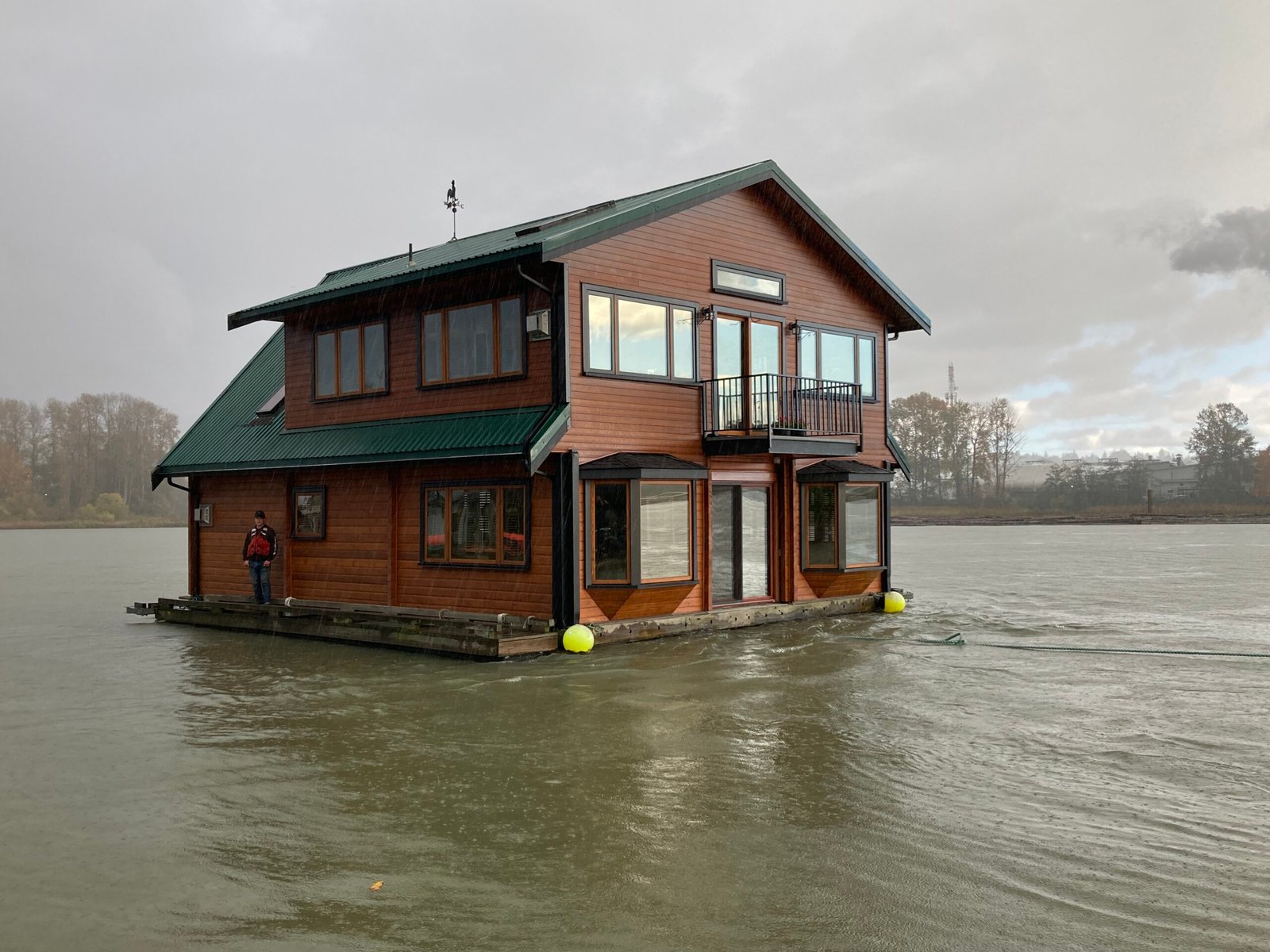For many homeowners in Vancouver, the phrase “Leaky Condo Crisis” evokes frustration, financial hardship, and a deep mistrust of past construction practices. Beginning in the 1980s and persisting well into the early 2000s, this crisis affected thousands of residential buildings across British Columbia, costing homeowners billions in repairs.
The Root Cause of the Crisis
The Leaky Condo Crisis was primarily the result of design flaws, inadequate materials, and the region’s wet climate. During the building boom of the late 20th century, many developers in Vancouver embraced architectural styles that favored aesthetics over functionality. Features such as flat roofs, poorly integrated balconies, and minimal overhangs were aesthetically pleasing but lacked proper water management.
Adding to the issue was the adoption of face-sealed cladding systems, which were ill-suited for the region’s heavy rainfall. Instead of allowing moisture to escape, these systems trapped water inside walls, leading to extensive rot, mold, and structural damage.
The Role of Exterior Cladding in Leaky Condos
Two of the most common cladding materials used in leaky condos were stucco and cedar siding. While these materials were widely accepted at the time, they proved problematic under Vancouver’s wet conditions.
- Stucco Cladding: Many buildings were constructed with traditional stucco applied directly onto sheathing without an effective drainage system. Once water infiltrated through cracks or joints, it had no escape route, leading to rot and decay behind the walls.
- Cedar Siding: While cedar is naturally resistant to decay, its installation on many buildings did not include adequate rainscreening. Without a proper drainage plane, water became trapped, resulting in severe moisture damage over time.


The Shift to Rainscreen Technology
The wake of the Leaky Condo Crisis led to a significant overhaul of BC’s building codes, emphasizing proper water management through rainscreen technology. A rainscreen system allows moisture to drain and dry out by incorporating an air gap between the cladding and the wall structure. This innovation has become the gold standard for modern siding installations, ensuring that buildings can withstand the region’s climate.
How Lynx Siding Can Help
At Lynx Siding Inc., we understand the complexities of leaky condo remediation and the importance of durable, weather-resistant cladding systems. Our expertise in rainscreen installation, siding replacement, and building envelope solutions ensures that affected buildings receive long-lasting protection against moisture intrusion.
Our team specializes in modern exterior cladding solutions, including fiber cement, metal, premium wood, and aluminum composite panels, all installed to meet today’s rigorous building envelope standards. By using advanced materials and proven techniques, we help property owners prevent future water damage and improve the overall resilience of their buildings.
Moving Forward: Protecting Vancouver’s Buildings
The lessons of the Leaky Condo Crisis continue to shape how buildings are constructed and maintained in Vancouver. Property owners, strata councils, and developers must prioritize proper siding and envelope systems to safeguard their investments.
If your building is experiencing siding failures or moisture-related damage, Lynx Siding Inc. is here to provide expert guidance and reliable solutions. Contact us today to discuss how we can help protect and enhance your property with high-performance cladding systems.








